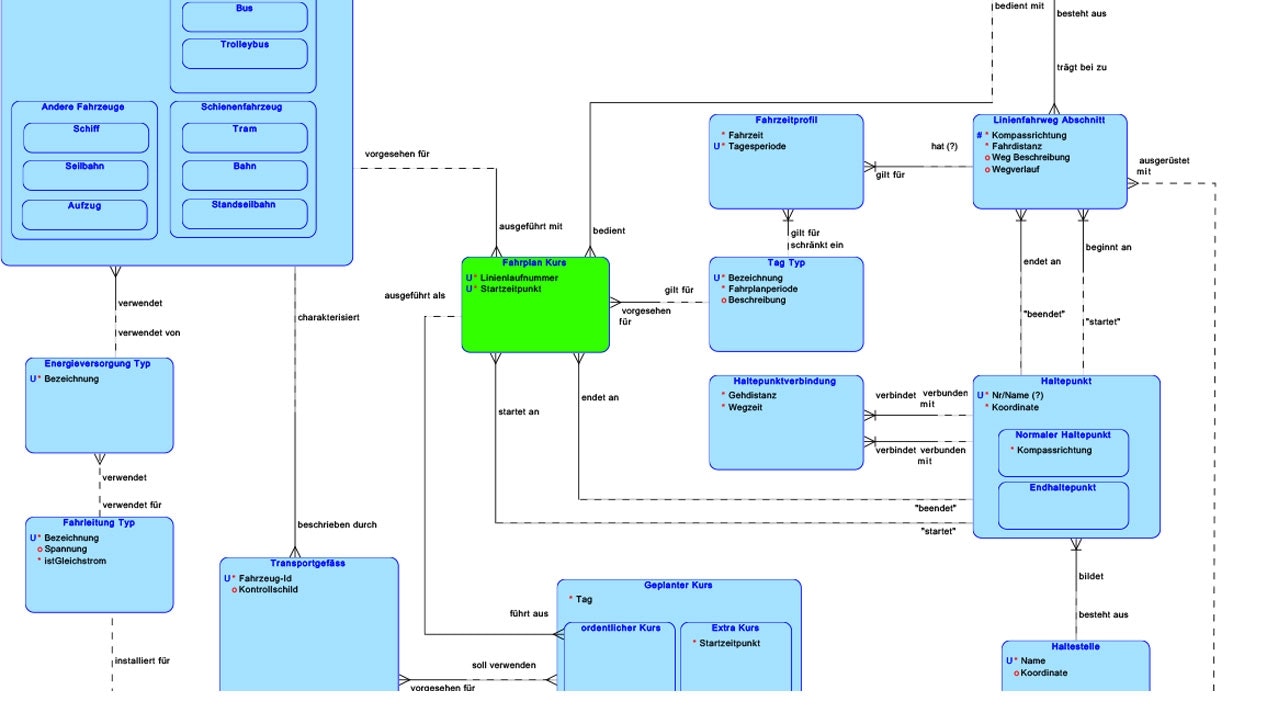The foryouandyourcustomers information model as a basis for customer orientation and success

“I’ll wager that in five years, the only companies that will be successful are those which understand the information model of their customers and suppliers and integrate seamlessly in this model,” Tobias Rölz, Vice President Global IT & Digital Business of the Komax Group, says in the introduction to his article entitled “Verstehe Deinen Kunden, nutze seine Daten”, which was published in the CIO Jahrbuch 2020. One aspect of the article focuses on the digital information supply chain (DISC).
In his article, Tobias Rölz shines a light on the role of a smoothly running DISC for companies and their customer orientation, which relates to the fundamental importance of working with the foryouandyourcustomers information model. Tobias Rölz has been Vice President Global IT & Digital Business at Komax since autumn 2017. The international technology company is a market leader in automated cable processing. In 2018 it had around 2,000 employees and achieved an annual turnover of just under CHF 480 million. As Tobias Rölz sees it, his main responsibilities since joining the company are focused on the further development of digital solutions for Komax customers and developing global digitalisation processes. And for just under one and half years, foryouandyourcustomers has been helping him do just that.
“Only then will we understand how to integrate our DISC perfectly into those of our partners; so we’re not just talking about customer orientations, but we’re actually able to actively live it.”
— Tobias Rölz, Vice President Global IT & Digital Business at Komax
Optimising the digital information supply chain – similar to the supply chain for real products – was one of the first initiatives started at Komax with foryouandyourcustomers. According to Tobias Rölz, it is “an important building block for being able to operate successfully in the long term as a company in an increasingly digitised world.”
“A prerequisite for a smoothly running DISC is to gain knowledge of the data pool and understand how the data is utilised differently within our company, through products, services, sales channels and so on,” explains Rölz. The aim is to “develop internally a shared understanding and shared language concerning data, in order to be able to optimise the company’s activities in a way that builds on this knowledge.”
In the era of the digital change, knowledge of one’s own data landscape, of terminology and information, is only the first step – albeit a crucial one – for a successful DISC, which Rölz knows well. The second step entails understanding the information needs of the customers and suppliers – “our business partners” – and being able to interpret them in the same way. “We have to develop a ‘shared language’, so to speak, with our partners,’ says Rölz. ‘Only then will we understand how to integrate our digital information supply chain perfectly into those of our partners; so we’re not just talking about customer orientations, but we’re actually able to actively live it.”
The information model as the necessary foundation of all digitalisation activities
As a basic tool in working with internal and external data, Komax turned to Stefan Berner’s information model, which “offers the company a wide range of benefits,” Tobias Rölz confirms in light of the number of applications and shared experiences with colleagues from different departments at Komax.
For example, the model was one tool used to create a company-wide context for shared understanding and improved communication both internally and externally. After all, it describes all of the elements and their connections in a clear language that can be understood across departments even by those outside of IT, right up to the company’s executive management. It offers companies and the individuals acting within them standard terms and structures, encourages mutual understanding across departments and leads to unique interfaces between internal and external systems.
“Many of the decisions we make today in the area of digitalisation are based on the Group-wide information model.”
— Tobias Rölz, Vice President Global IT & Digital Business at Komax
For example, the model was one tool used to create a company-wide context for shared understanding and improved communication both internally and externally. After all, it describes all of the elements and their connections in a clear language that can be understood across departments even by those outside of IT, right up to the company’s executive management. It offers companies and the individuals acting within them standard terms and structures, encourages mutual understanding across departments and leads to unique interfaces between internal and external systems.
You can download the detailed yet accessible whitepaper Information Modelling free of charge.
